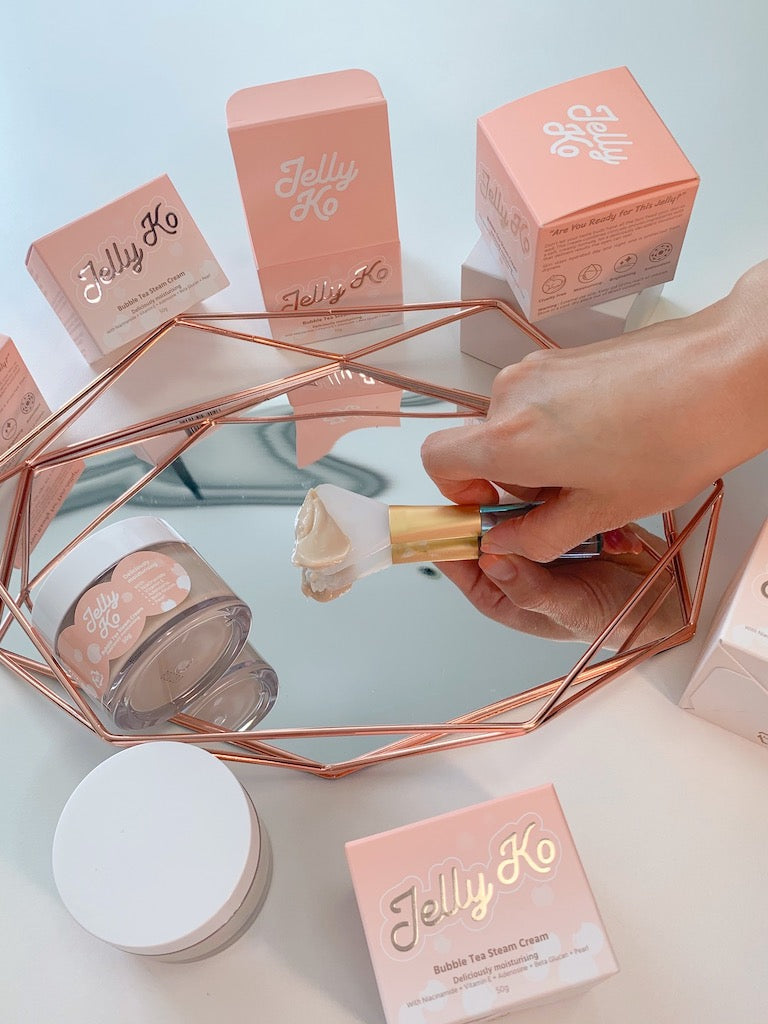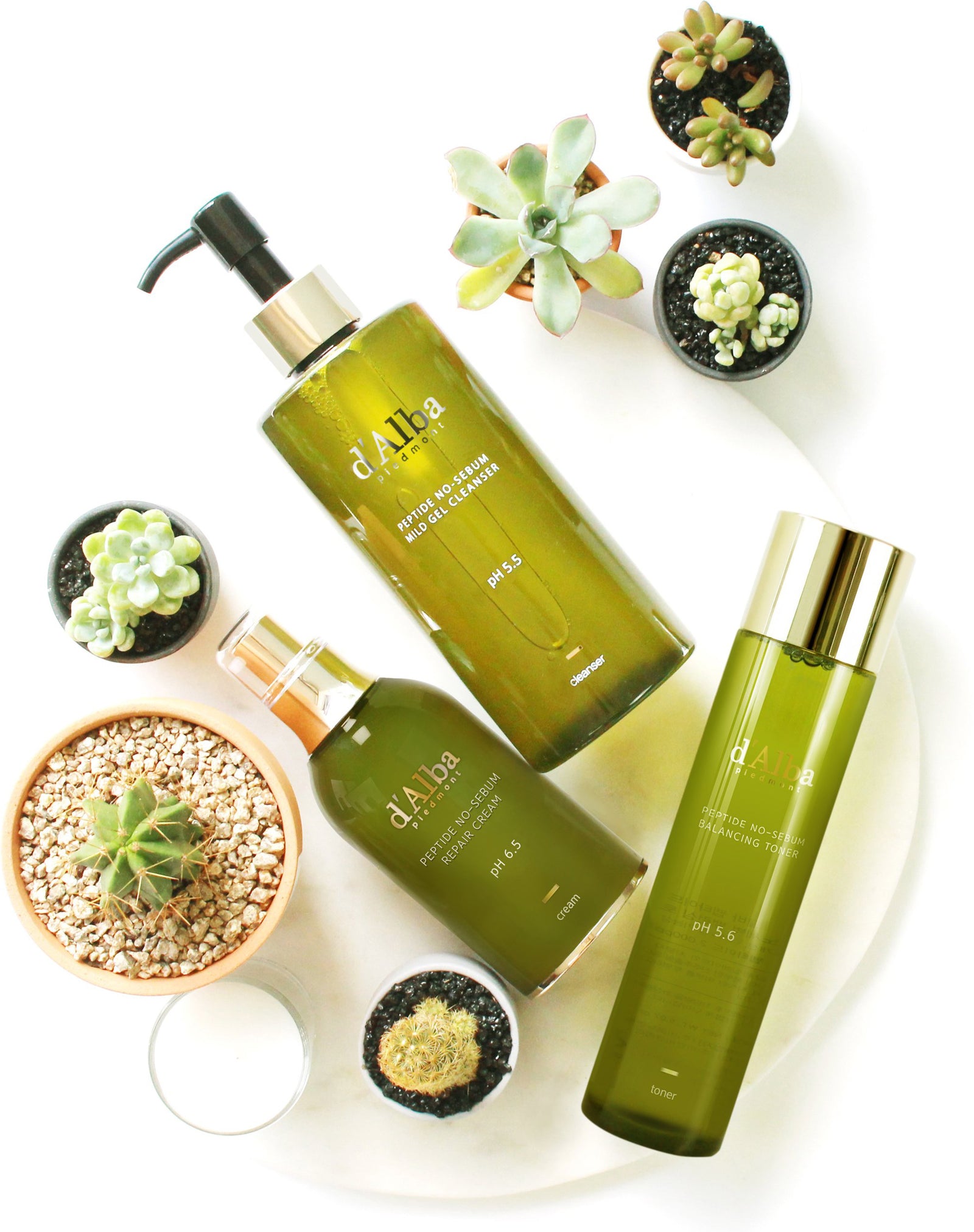Last month to shop K-Beauty on STYLE STORY. We’re moving to K-Beauty consultancy. Details
Menu
Everything You Need to Know About BHAs
February 17, 2022

Everything You Need to Know About BHAs
Episode Title: Everything You Need to Know About BHAs - Episode 98 of the Korean Beauty Show podcast
Episode Description:
If you are dabbling in the world of BHAs, it can be sometimes by tricky to work out how best to incorporate them into your skincare routine.
From “How many times a week can you use a BHA?” to everything else in between, on today's episode of the Korean Beauty Show podcast we are discussing the key things to know about using BHAs in your skincare routine.
Episode Summary:
For the month of February, we are running a podcast review competition - leave your review for the Korean Beauty Show podcast in the month of February and go into the draw to win a $150 STYLE STORY gift voucher.
What Are BHAs?
To start with the basics, BHA stands for “Beta Hydroxy Acids”. BHAs are a type of skincare acid that work to “degunk” your pores.
Since BHAs are oil soluble, they penetrate through the oil that’s clogging your pores and exfoliate the dead skin cells that have built up. This is why BHAs are recommended for those with oily skin.
Why Should You Use A BHA?
In addition to unclogging pores, BHAs have anti-inflammatory and anti-bacterial properties, they can help reshape your pores, and also allow your other skincare products to better penetrate your skin.
If you’re looking for an ingredient that offers acne-fighting, skin brightening, cares for clogged pores to help prevent breakouts and leaves skin looking smoother, brighter and clearer then BHAs can do this.

How To Introduce BHAs To Your Routine
If it’s your first time using a BHA product, start off slowly, using the product once a week. The usual way to apply a BHA is after cleansing (and after Vitamin C serum if you use one).
Spread an even amount onto your face, avoiding your eyes. For best results, most experts recommend that you wait for at least 20-30 minutes before applying your next layers of products. This is to allow the acid to take effect without being prematurely neutralized.
How Often Should I Apply BHAs?
This depends on a few things, including:
- the strength of the product you’re using
- how sensitive your skin is; and
- which other products you are applying as part of your routine.
How Strong Is Your Acid?
Most BHAs range in strength from 1% to 10%.
Classic K-Beauty acids like COSRX BHA Blackhead Power Liquid contain approximately 4% of betaine salicylate (a type of BHA) and can technically be used every day. However, it’s not a good idea to start using 4% BHA every day if you’ve never tried a BHA before.
Instead, start off by applying the product once a week. If you experience no adverse reactions (like stinging, dry skin or excessive redness), increase your usage to twice a week. It is better to slowly bump up your usage week by week.
What is the pH level of the product?
For both AHA and BHAs, the ideal pH is 3.2–3.9, with any reading between 3 and 4 considered most effective.
The fact that AHAs and BHAs behave differently at different pHs is very important in skincare because the stratum corneum is oily. To pass through the stratum corneum, acids need to be in their uncharged, free acid form, which is where pH comes into play.
The lower the pH, the more free acid we have. A pH of 0 would burn our face. But for regular BHA products between pH 3 -4, different people will be able to tolerate different pHs levels. Your skin is the best guide to how well you are responding to the pH of an acid. If you experience stinging, redness, itchiness, dryness or peeling take this as an indication the acid is too strong for your skin.
How Sensitive Is Your Skin?
For people with sensitive skin, you’ll likely find that 2-3 times a week using a product like this is more than enough. People with a more hardy skin type can even get away with using a BHA every day.
Just be careful you don’t over-exfoliate your skin by over-doing it on the BHAs (especially if you also use manual exfoliants) or you could wind up with everything from excessive dryness, to irritation, redness, and sensitivity. Some people also experience a burning sensation on their skin.

Other Need-to-know Info About BHAs
Even though we’re sure you already are using sunscreen every day, be extra careful to apply sunscreen while using BHAs.
The other thing is not to mistake the natural ‘purging’ period of BHAs (which can result in minor breakouts) for a product that is actually incompatible with your skin type. If it’s the latter, the product itself will actually be causing it to break out.
How to tell the difference?
A purging period should only last a short while. It occurs because the product is speeding up your skin’s natural renewal cycle. If you find yourself constantly “purging” and breaking out after using a BHA, this is not normal. It means that the product is not compatible with your skin and you should discontinue using it.
For a more in-depth look at the difference between purging and reacting, take a listen back to episode 16 of the podcast.
Best Kbeauty Products Containing BHA
Isntree Clear Skin BHA Toner (200ml)
-
Softly melts oil on the surface of skin and keratin inside the pores without needing to be washed off.
-
The formula is 100% vegan, alcohol-free, essential oil-free, cruelty free and fungal acne safe
-
pH of 3.5 - 4
-
Suitable for oily / combination / acne-prone skin

SOMEBYMI AHA BHA PHA Toner
-
Has sold several million units
- Combines 3 types of acids in a low percentage
-
Voted Best of K-Beauty Awards winners for 2020 - one of the top 3 products in the People's Choice Awards categories.
-
Low pH
COSRX BHA Blackhead Power Liquid
- A cult Kbeauty product that needs no introduction
- A good option for oily / acne prone and combination skin

COSRX AHA/BHA Clarifying Toner
-
White willow extract and apple water contain nutrients that are beneficial to the skin, helping to gently peel and remove dead skin.
-
Sodium lactate - a pH controlling agent known for its cleansing action and ability to inhibit bacteria development.
-
Glycolic acid - the holy grail for exfoliation, glycolic acid effectively removes the outermost layer of dead cells from the complexion, revealing brighter, fresher skin. It can be useful for treating scarring, discoloration and signs of aging, like fine lines and wrinkles.
COSRX One Step Original Clear Pads
-
Works to unclog pores and dissolve deep-set oil
-
Good for clearing, refreshing, softening and smoothing
-
Natural BHA and Salix Alba Bark Extract alleviate skin trouble
-
Salix Alba (Willow) Bark Water: an astringent ingredient that is ideal for inclusion in anti-acne products.
-
Betaine Salicylate: Beta Hydroxy Acid (BHA) that penetrates the skin to remove excess oil built up in the pores.
COSRX Two in One Poreless Power Liquid
-
Gentler than COSRX BHA Blackhead Power Liquid
-
Packs less than 1% BHA, making it perfect for sensitive skin
-
Works well on rough skin types and irritated, sensitive skin
Did You Enjoy Everything You Need to Know About BHAs? If so, don't forget to leave a rating and review for the podcast.
STYLE STORY - Your Go To for Kbeauty Since 2014
All products recommended on the Korean Beauty Show podcast are personally selected by us. Some of our Show Notes include affiliate links. If you buy something through one of these links we may earn an affiliate commission. This helps offset the costs associated with producing the podcast.
Shop Now
"Your skin is the best guide to how well you are responding to the pH of an acid. If you experience stinging, redness, itchiness, dryness or peeling take this as an indication the acid is too strong for your skin."
- Lauren Lee, Host of the Korean Beauty Show podcast




Leave a comment
Comments will be approved before showing up.